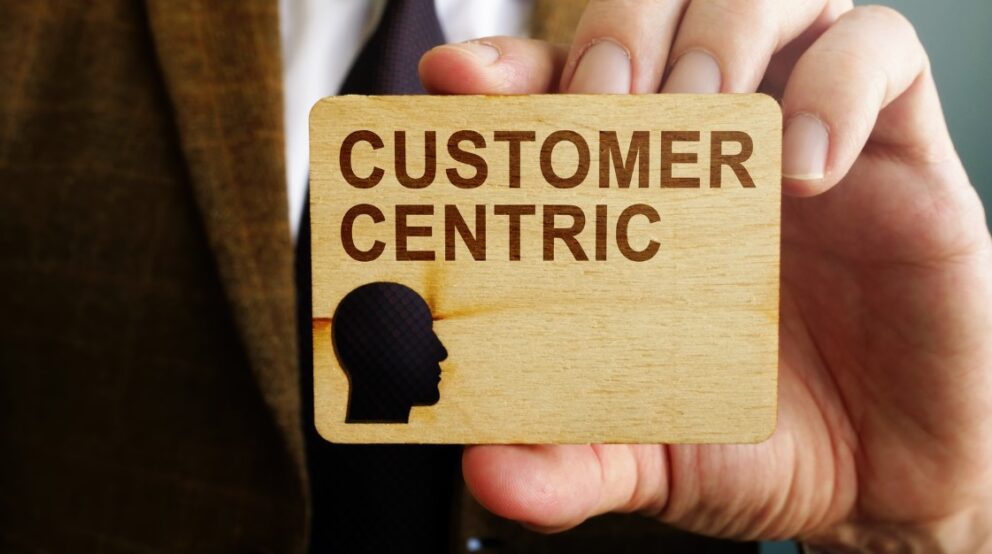Top ABM Metrics You Should Be Tracking

Summary
The blog discusses the challenges of measuring marketing metrics and highlights the controversies and friction between sales and marketing teams over attribution, lead scoring models, click-through rates, and MQLs. It emphasizes the benefits of an account-based model and provides a list of top ABM metrics to track, such as account engagement, MQAs, pipeline velocity, pipeline influence, win rate, average deal size, repeat closed-won business, and customer retention rate. The blog encourages readers to focus on measuring account engagements and welcomes input on the ABM metrics their teams are tracking.
By Payal Parikh, Director of Client Engagement at Heinz Marketing
Marketing metrics can be messy. Measuring the marketing contribution has never been easy. With so many tools and tech at your disposal, marketers are finding it even more difficult to measure and what ‘not’ to measure. If you are particularly interested in top ABM metrics to track your program success, keep reading.
Amongst this dilemma, attribution, lead scoring models, click-through rates, and MQLs are often some areas of controversy and friction between sales and marketing teams. Activity-based scoring and scoring them to drive it towards an MQL doesn’t give a full picture of someone’s activity, let alone the entire buying committee.
In an account-based model, we can map the engagement of the entire buying committee. In B2B, buying decisions are made by 3 to 5, and sometimes 10 or more people within an organization. Read my blog to learn more about a B2B Buying Committee. What this really means is we should be measuring account engagements and not person-level engagements.
Some basic benefits of an ABM model
Companies that adopt an account-based engagement model know exactly when an account is in-market and when they are ready to convert to an opportunity. Account-based marketing integrates marketing and sales efforts to close larger deals faster, and more efficiently.
Some ABM platforms also claim that organizations that adopt these models observe:
40% Higher Win Rates
40% More Pipeline
3.5x Larger Deal Sizes
Top account-based (ABM) metrics to track
Account engagement
Account engagement will tell you if accounts are engaging with your marketing efforts. It can inform your ABM strategy. It will help you meet your target account where they prefer to engage the most.
MQA – Marketing-qualified accounts
As I mentioned earlier, marketing qualified leads provide a full picture of an account and how everyone in the buying committee is involved. MQLs are often a cause of friction between sales and marketing teams. ABM eliminates the poorly qualified marketing leads being handed over to sales. It provides more high-quality accounts in the pipeline.
Pipeline velocity
ABM being a targeted approach, accounts should close faster. You can measure this by measuring Pipeline Velocity. It measures the time it takes for a deal to move from one stage to another in the pipeline, all the way up to closed-won. You should measure your pipeline velocity prior to moving to an ABM model so you can compare how ABM has improved that metric. If it hasn’t, you can rethink your ABM strategy as the next steps.
Pipeline Influence
A pipeline influenced by marketing is a metric that reveals which ABM programs and/or channels influenced an account that went on to become an opportunity.
Win Rate
Win rate is the rate with which your opportunities in the funnel are closing. Since you are now engaging with more members of the buying committee within a given account, your chances of winning a deal should increase with ABM. By measuring win rate before ABM and after ABM, it will provide a point of comparison. If you don’t see a jump in win rate over time, you can adjust your approach for selling. Marketing can enable sales with checklists, research points, email cadences, that will help them win the deal.
Average deal size
Average deal size is the average $ value of closed won business in a territory within a given timeframe. As some of the ABM platforms claim, the average deal size increase by deploying account-based marketing.
Repeat closed-won business
You can measure this at multiple levels – repeat pipeline and repeat closed-won. Account-focused models not only benefit net new deals, but also provide insights on cross-sell and upsell opportunities. ABM helps with improving your relationship with current customers.
Customer Retention Rate
Another metric related to the one above is the customer retention rate. This one is especially helpful if you have a subscription model. Here are some B2B marketing lessons businesses can learn from Costco. This article covers some basics to help you with this metric.
The B2B marketing journey is just too long and complex. However, by looking at each journey stage individually, ABM marketers are better able to see which parts of the marketing mix are most influential at each stage.
I would love to hear about the ABM metrics your team is tracking. Add your comments below.






